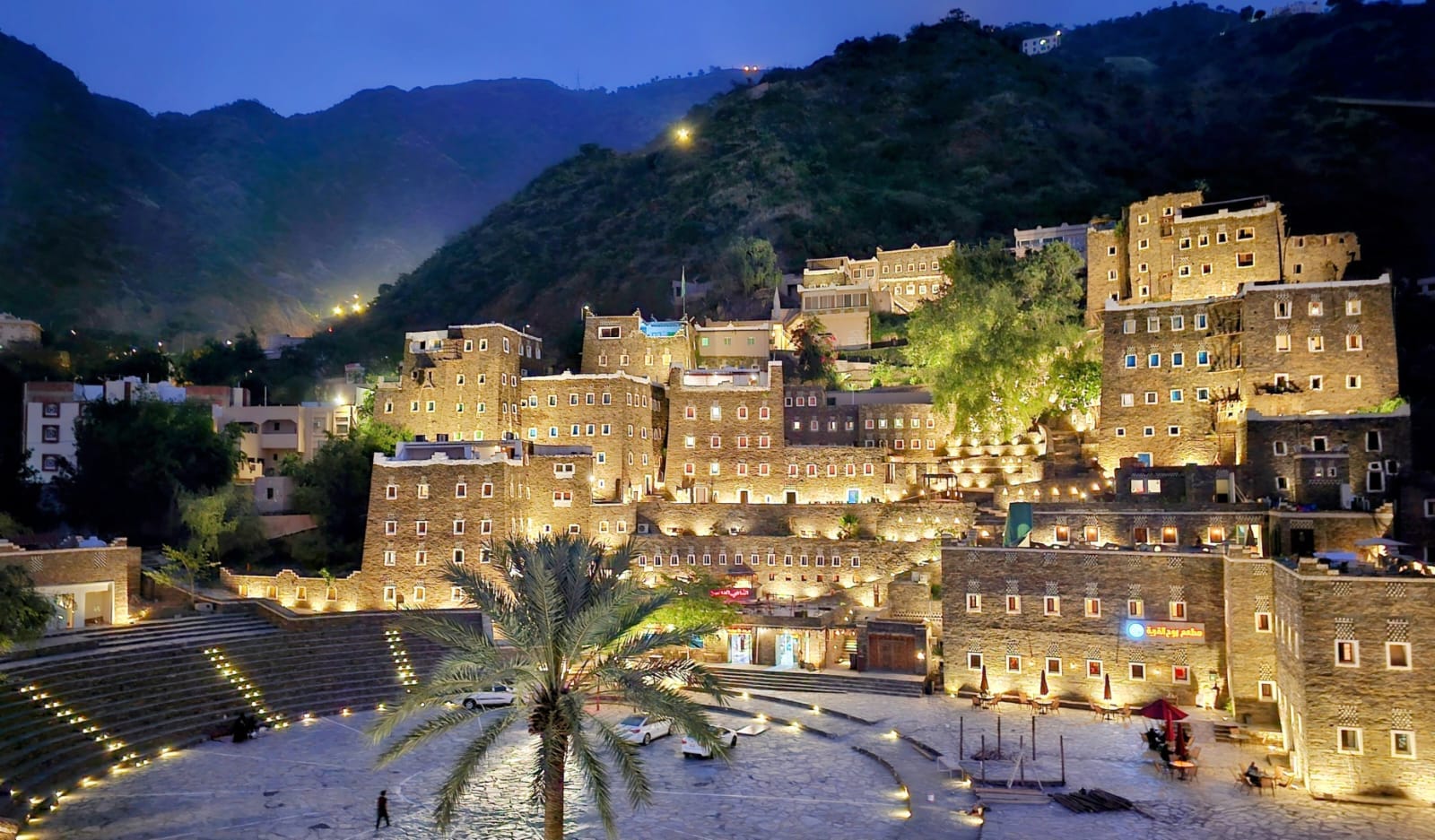High in the Aseer Mountains, a Village Defies Time
Tucked away in the green folds of the Aseer Mountains, just 45 minutes southwest of Abha, lies a hidden cultural marvel: Rijal Alma. This historic village, whose name translates to “The Men of Alma”, has stood for over 900 years, nestled among clouds, stone cliffs, and winding mountain paths.
Known as “the painted village in the clouds,” Rijal Alma offers a living connection to Saudi Arabia’s past. From its multi-story stone houses adorned with bright painted interiors to the museum preserving ancient manuscripts and tools, the village is a vibrant reflection of a region where culture has always been both functional and beautiful.
The History of Rijal Alma
Rijal Alma has always been more than just a village.
A Village Built on Trade and Leadership (1155–1329 AD)
It was once a capital, a stronghold, and a powerful symbol of leadership and resilience in southern Arabia. By 1155 AD, it had already emerged as a vital trade hub between Yemen and Makkah. In 1329 AD, it rose to prominence as the capital of the Hilli Emirate.
A History of Strength and Independence (1817–1825 AD)
Its true legacy lies its commitment to freedom and unity. From successfully repelling Ottoman forces in 1817, to leading a pivotal movement in 1822 that replaced the Ottoman-appointed Sharif in Aseer, to signing a landmark treaty of independence in 1825 (the first of its kind in the Arabian Peninsula), Rijal Alma has long stood for self-determination.
The Village That Stopped a Powerful Leader (1835 AD)
By 1835, Ibrahim Pasha, the Egyptian commander known for leading military campaigns across Arabia, sought to expand his control into southern regions, including Aseer.
But when his forces reached Rijal Alma, they encountered strong and organized resistance from local tribes. Despite his earlier victories, Ibrahim Pasha was unable to overcome their defenses and was ultimately forced to retreat. It was a defining moment. Proof of the strength, unity, and determination of the southern Saudi tribes.
Brave Men Who Protected Their Land (1800s)
Throughout the 19th century, the warriors of Rijal Alma made their mark far beyond their mountain home. They took part in battles across Yemen, secured Red Sea waters, and earned a reputation as a respected force.
Today: A Legacy That Lives in Stone
Their legacy lives on in the village’s stone walls. aA story of bravery, unity, and unwavering pride that continues to inspire the Kingdom of Saudi Arabia today.


Rijal Alma and UNESCO: A Cultural Recognition
In 2018, Rijal Alma was officially added to UNESCO’s Tentative List of World Heritage Sites. This marked a global recognition of the village’s historical, architectural, and cultural significance not just for Saudi Arabia, but for humanity at large.
What Makes it So Unique?
The answer lies in its blend of stone masonry, painted interiors, and multi-functional design. Over 60 towers and homes, some as high as 8 stories, were traditionally built using local stone, clay, and timber. These homes often served as both residences and defense structures, making the village an important point along the ancient trade route between Yemen and Makkah.



Al-Qatt Al-Asiri: The Painted Soul of Aseer
Among the village’s most beloved features is its use of Al-Qatt Al-Asiri, a colorful geometric mural style created and passed down by Asiri women.
This traditional wall painting is more than decoration. It tells stories of the home, the women who live there, and the surrounding landscape symbolically expressed through triangles, zig-zags, and vibrant color palettes.
Rijal Alma’s painted interiors are among the most authentic you’ll find, with many restored homes displaying original Al-Qatt motifs. UNESCO recognized this art form in 2017 as an Intangible Cultural Heritage of Humanity, and today, it’s a growing symbol of Saudi women’s creative leadership.

Home to the 'Flower Men' of Aseer
Among the many cultural traditions rooted in the Aseer region, few are as visually iconic as the “Flower Men”, tribesmen known for wearing floral garlands made of fresh herbs, marigolds, and wild basil. This tradition, believed to date back over two thousand years, is especially associated with the Qahtani tribes of southern Aseer, in areas like Rijal Almaa, Habala, and Al-Dhubi.
The Flower Men remains an important part of Rijal Alma's cultural landscape and a proud representative of their heritage. Each year in September, the village celebrates this legacy with the vibrant Flower Men Festival, where visitors can witness traditional music, dance, and the striking beauty of this living tradition.



Inside the Rijal Alma Museum
At the heart of Rijal Alma lies a cultural treasure: the Men of the Village Museum (Matahif Rijal Alma). Founded by local residents in the 1980s, it’s one of the first community-led museums in the Kingdom.
Housed within one of the largest towers in the village, the museum includes:
- 2,800 artifacts, including tools, weapons, and trade items
- Manuscripts and religious texts dating back centuries
- Old photos, tribal documents, and vintage village portraits
- Traditional clothing from the Aseer region, including men’s and women’s garments
- Jewelry and decorative items used during weddings and celebrations
Visitors often leave with more than pictures. They leave with a renewed sense of how deeply material culture connects to Saudi identity.



The Architecture of Meaning
Every detail in Rijal Alma’s architecture has a function and a story. The thick stone walls protect against harsh mountain winds. The wooden rawasheen (window screens) allow airflow and privacy. The multi-floor towers were designed not just for living but for security, with higher levels used to store food, host guests, or defend the home.
Look closer, and you’ll notice decorative elements on the exteriors. Symbols that reflect tribal affiliation, social status, or even religious protection.
The entrance to each home often faces west, towards Makkah, and some include a musalla (in-home prayer room). Religion, design, and hospitality are interwoven in every corner.



The Ritual of Hospitality: Coffee, Conversation, and Connection
Hospitality in Rijal Alma is not an act it’s a value. Guests are welcomed with fresh qahwa (Saudi coffee), served in small finjan cups, alongside sweet dates or local figs.
But there's a rhythm to this ritual:
- The host pours the coffee with the right hand
- Qahwa is always poured in small amounts (usually half a cup or less) just like espresso
- A gentle shake of the cup signals, “I’ve had enough”
It’s an experience grounded in mutual respect and generosity, and one that remains unchanged across centuries.
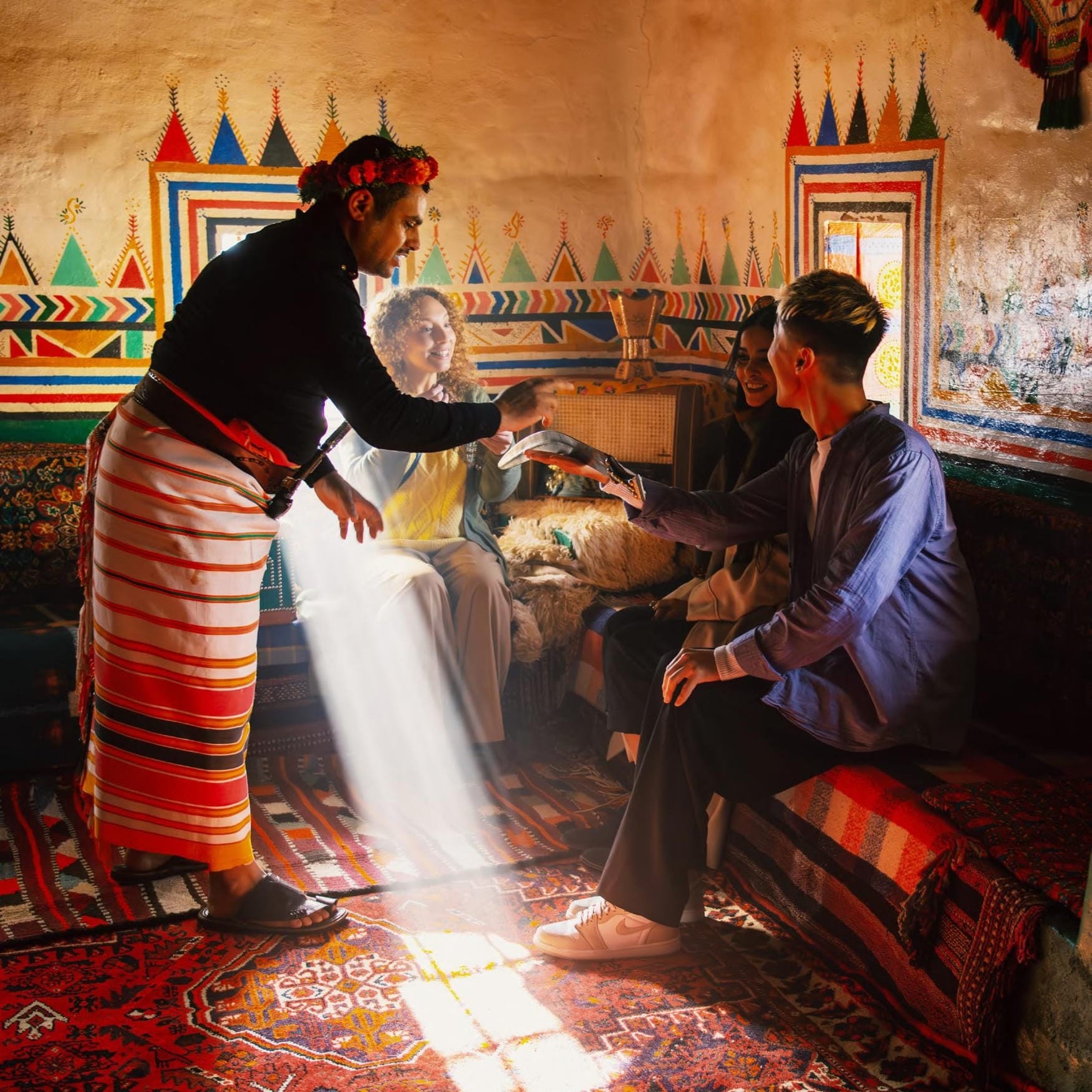
In some homes, a full cup means it’s time for you to leave! In others, it’s a sign of generosity. But most often, the small pour is an invitation to relax, stay longer, and enjoy the conversation. A quiet kind of hospitality that values connection over quantity.
Saudi Coffee Festival in Rijal Almaa
Rijal Almaa’s deep-rooted coffee tradition now takes center stage each year at the Saudi Coffee Festival, a gathering that brings together local farmers, families, and visitors from across the Kingdom.
Under the patronage of Prince Turki bin Talal, the latest edition turned the village into a hub of cultural exchange. More than 5,900 kg of coffee were sold, generating over SR380,000 in revenue. But beyond the numbers, the festival gave over 30 farmers a platform to share their harvest, grow their reach, and tell their stories.
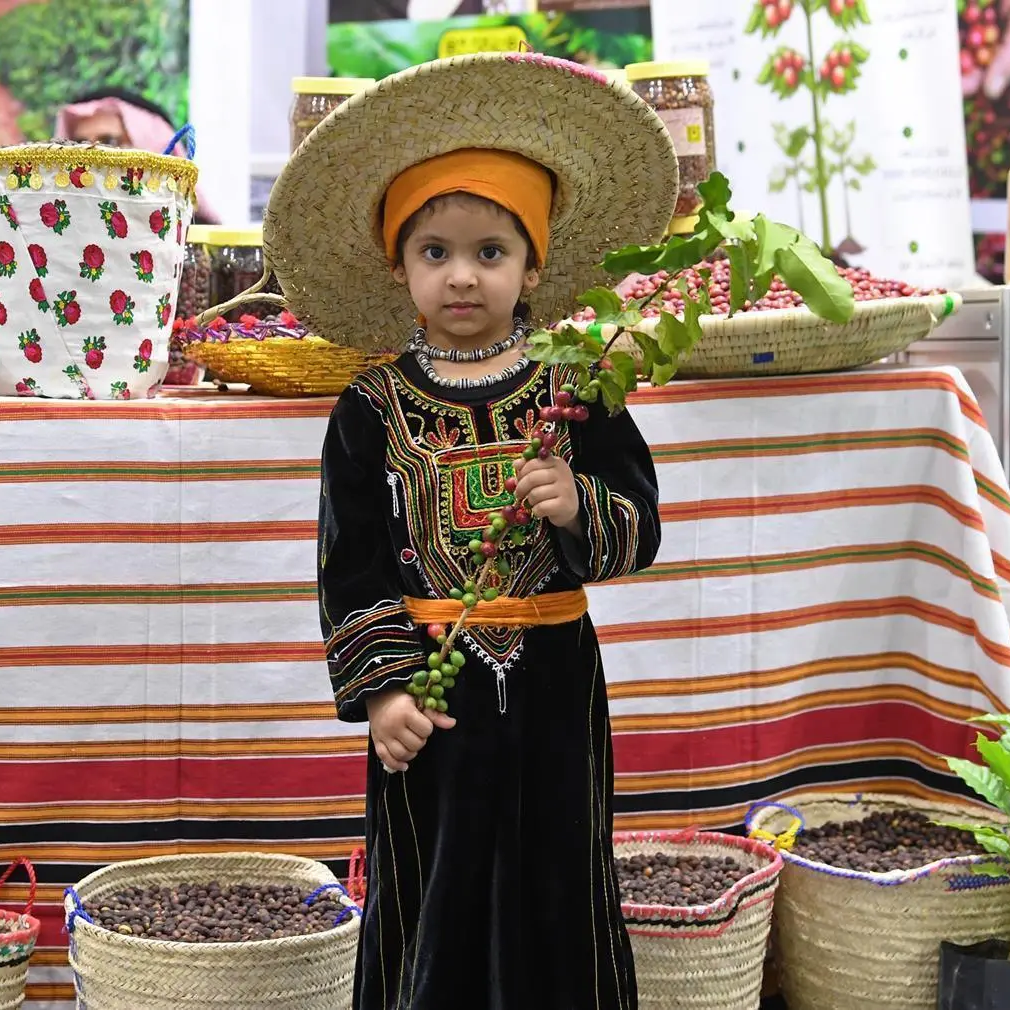
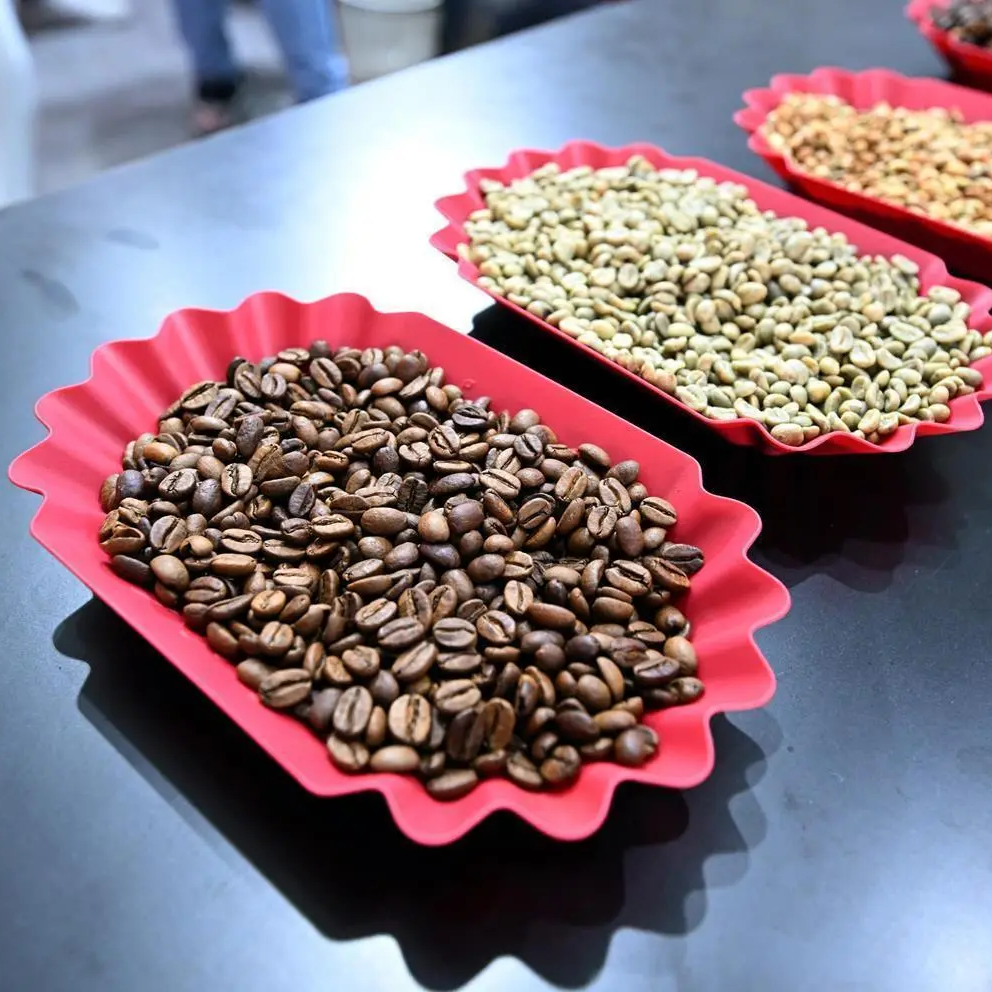
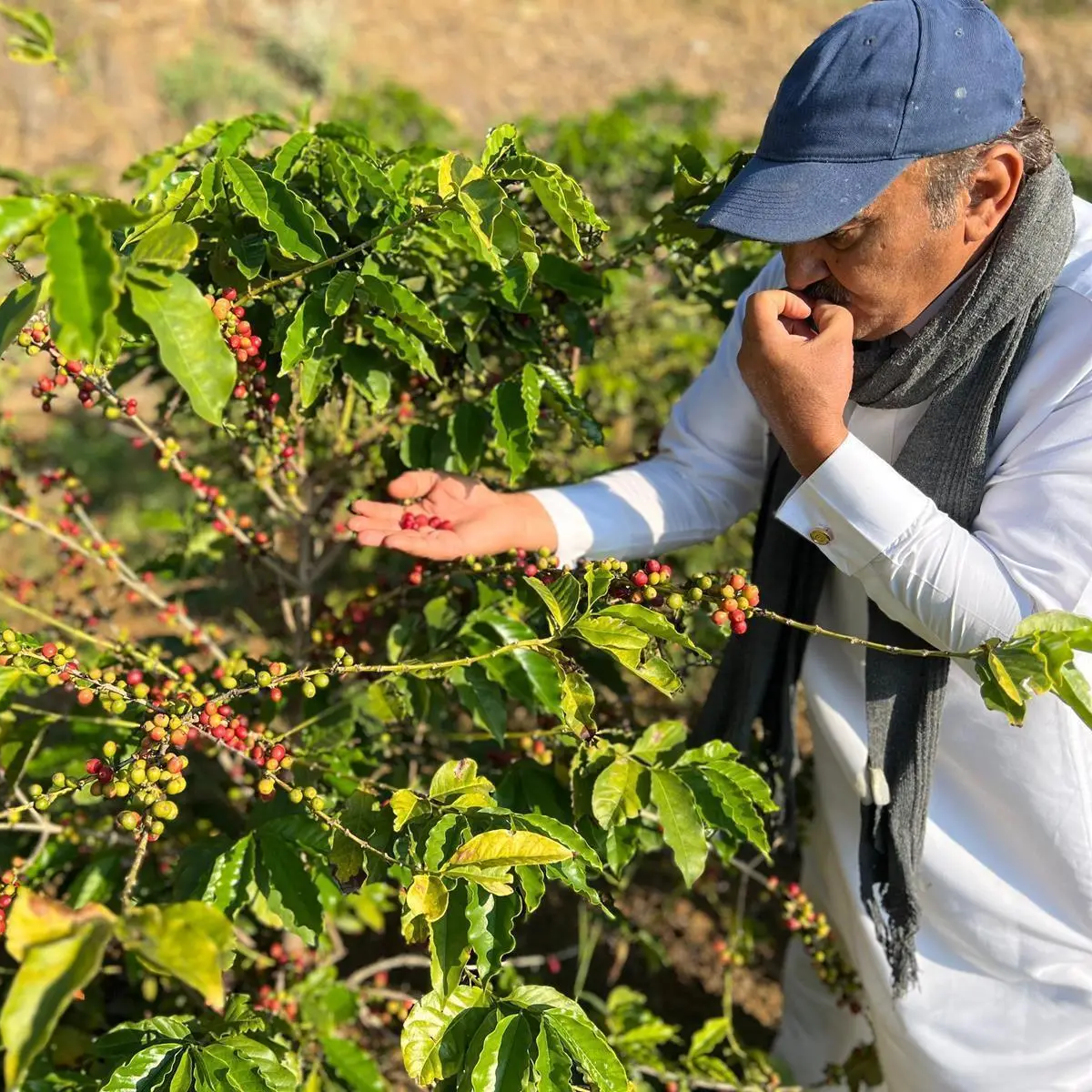
Traditional Dress in the Painted Village
Aseer’s fashion is as bold as its mountains.
In Rijal Alma, you’ll still find:
- Men wearing embroidered waistbands, curved jambiyas, and decorative headscarves (ghutra or shemagh)
- Women wearing colorful abaya-like dresses with regional embroidery, gold-threaded shawls, and coin-laced veils
Much of this clothing is on display in the museum, but during cultural festivals or holidays, you may see it worn proudly in the village itself.


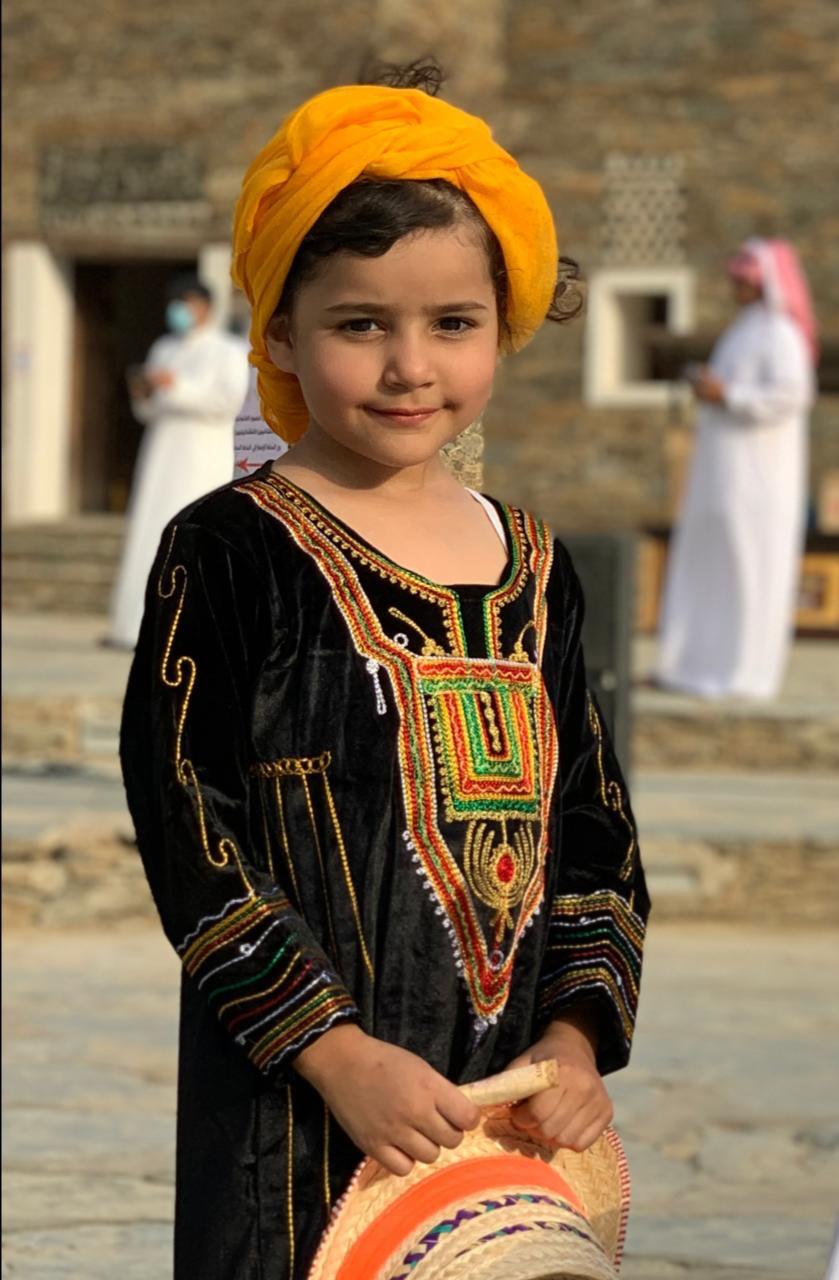
Can Non-Muslim Tourists Visit Rijal Alma?
Yes, and they are warmly welcomed. Rijal Alma is not a religious site but a heritage village, which means non-Muslim travelers can:
- Explore all public spaces
- Visit the museum
- Interact with locals
- Join cultural tours or photography walks
Saudi Arabia’s tourism policy under Vision 2030 encourages intercultural understanding, and places like Rijal Alma are designed to help outsiders experience real, local culture.
As an Expat in Saudi Arabia: Why You Should Visit
If you’re an expat living in Riyadh, Dammam, or Jeddah, Rijal Alma is a perfect weekend getaway. Flights to Abha are frequent and affordable, and local tourism services are expanding fast.
Why Go?
- It’s cooler than most of Saudi Arabia (especially in summer)
- It offers peaceful nature, heritage, and friendly communities
- It helps you understand Saudi culture more deeply, beyond big cities
Plus, it’s one of the few places in the Kingdom where you’ll see living examples of traditional architecture, women-led art, and preserved oral history all in one place.
A Village That Feels Like a Poem
Rijal Alma invites you into the rhythm of its culture. It’s a place that proves Saudi Arabia is not one story, but many, and here, they’re painted proudly on the walls.

Want More Hidden Stories Like This?
Subscribe to Saudi Cultures for deep dives into traditions, regional stories, and voices from across the Kingdom.
